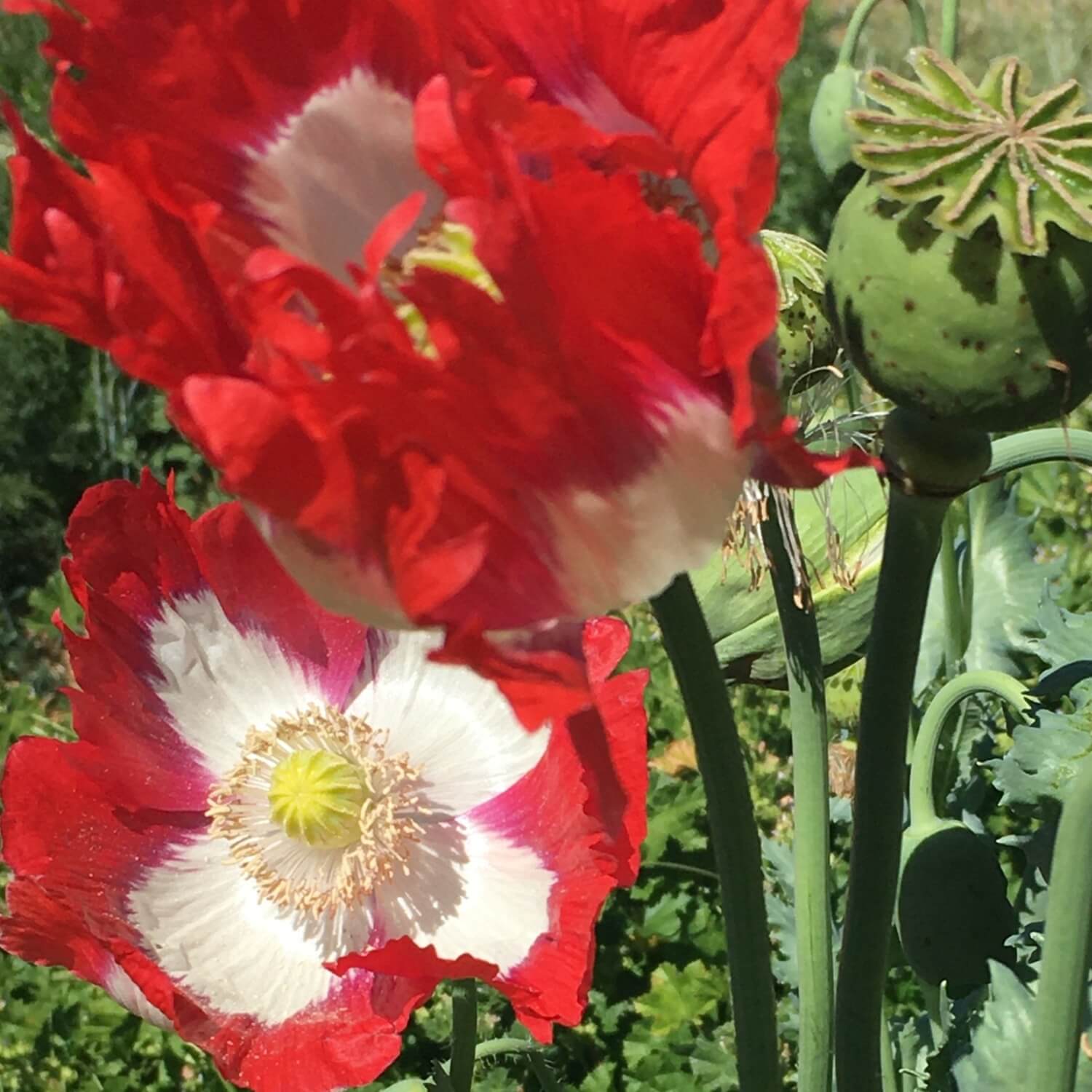
Do you have lettuce planted in your garden right now? Are you curious about seed saving? Lettuce, Lactuca sativa, is a great place to start because it is a self pollinated species. Many species require a large population of plants to produce quality seed but with lettuce you can get away with only saving seed from 1 plant and still get good seed…and plenty of it!

Depending on where you live your lettuce will be at different stages. We farm in zone 9b and try to transplant our lettuce in March and April so at this time of year the plants are just about starting to stretch out and go to seed. This is the point where most gardeners will pull out the plant since the leaves become bitter and the thick stalk is usually not nice to eat.


Aha! But this is where seed savers rejoice! As the plant stretches out and develops a long stalk it funnels its energy upward to produce clusters of florets. Because lettuce is in the Asteraceae family along with daisies and sunflowers, each flower is really a cluster of florets. These bloom each morning and then fade by the heat of the day.

This short bloom time means lettuce is rarely cross pollinated by visiting insects from other lettuce varieties. The flowers are self pollinated: the pollen moves onto the seed bearing parts within the flower without any help from insects. Because of this lettuce will produce true to type seed with minimal isolation distances from other lettuce varieties.

Lettuce Seed Saving Steps:
- Select the plants you will leave in the garden for seed. Ideally these should be your best plants to move the genetics of the next generation forward.
- Allow the plants to ‘go to seed’. They will grow tall and will flower over a 6 week period. The flowers will become little puffs. When you see the white puffs you will know that seed is mature and ready for harvest.
- Using a paper bag or other type of tote, gently rub the ‘puffs’ into the bag. You can also shake the seed heads into the bag, gently banging the seed heads on the side of the bag or tote. This will dislodge the mature seed into the bag. Take care not to bend the seed heads too far over and break them since many flowers will not yet be mature.
- Repeat this process 2-4 times over the 6 week period to gather the most seed possible. If you leave the seed harvest until the very end you will find that birds may have eaten most of your seed or it will have fallen to the ground.
- To clean the seed will require patience and a little ingenuity. Upon inspection your collected seed should look like a lot of white fluff, seed and other plant bits. The basic process will be to use screens that will let the seed pass through and trap the fluff. Good places to start include window screens and kitchen colanders. Pour the seed into the colander and shake it over a larger bowl. You may need to repeat this process.
- Try winnowing. To winnow find a small electric fan and set it up on a chair blowing on low speed out from the chair. Set up a large tote in front of the fan on the floor in front of the chair. Place a sheet on the ground in front of the tote to catch any seed that might blow too far. Slowly pour the seed in front of the fan into the tote below. The heavy seed will fall into the tote and the plant chaff and fluff will blow away. You will need to experiment with fan speed and distance from the fan. You can also try this on a windy day with no fan or just blow the chaff out with your own breath.
- When your seed is clean enough it is a good idea to put it in a plastic bag or glass jar then pop it in the freezer for about a week. This will kill any bugs or eggs that may have snuck in during harvest.
- Store your seed in a cool, dark location free from moisture and label it with the variety and year. Lettuce seed will stay viable for about three years. After 5-6 years we have noticed a huge drop off in germination rates and vigor. If you choose to store your seed in the freezer be sure your container is airtight and won’t let moisture in.
That’s about it! Realize that for home saved seed you don’t need it to be perfectly clean. It is ok to plant it with chaff still in it. You might also choose to save different varieties all together and create your own mix of favorite varieties.
Any comments or questions? Let us know!






